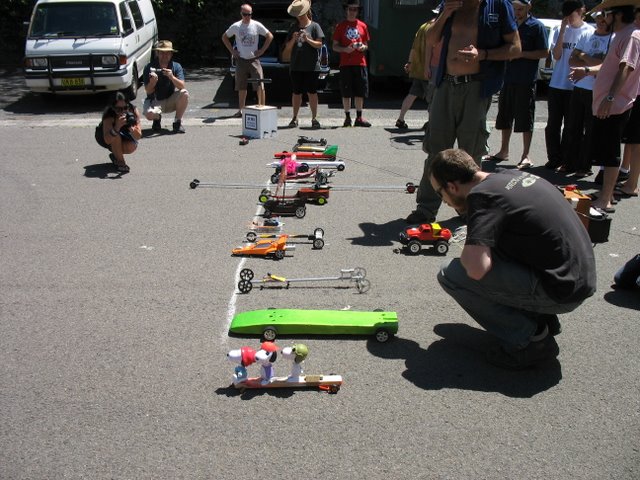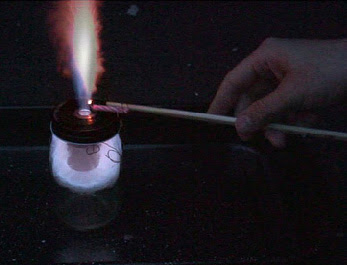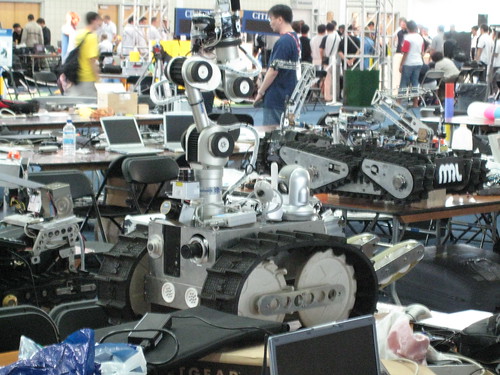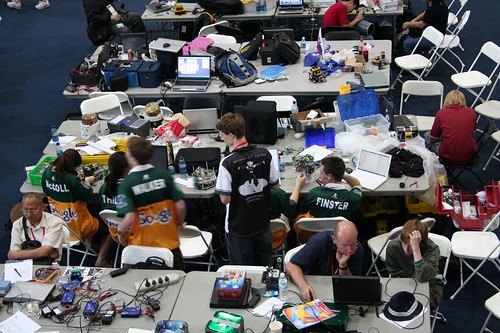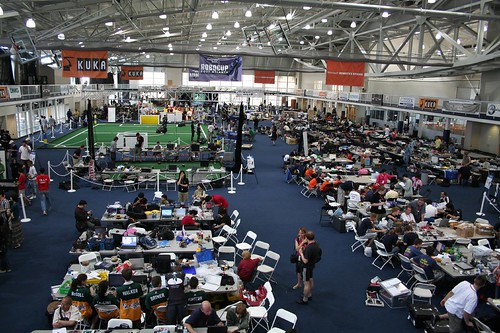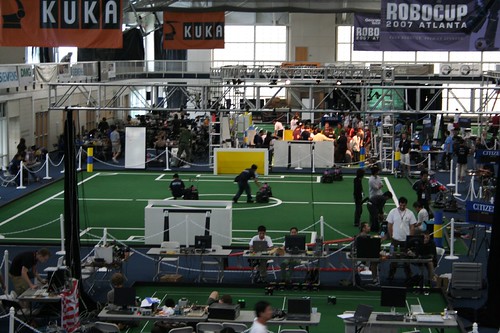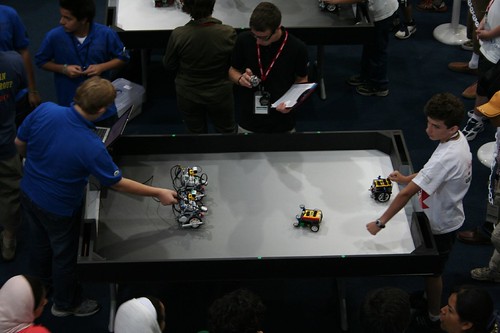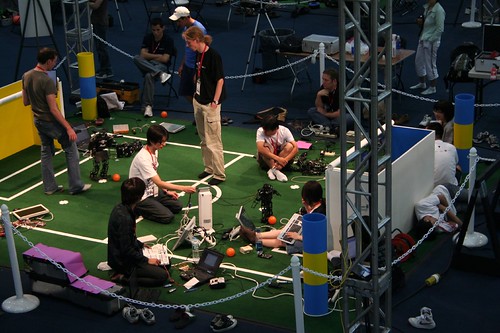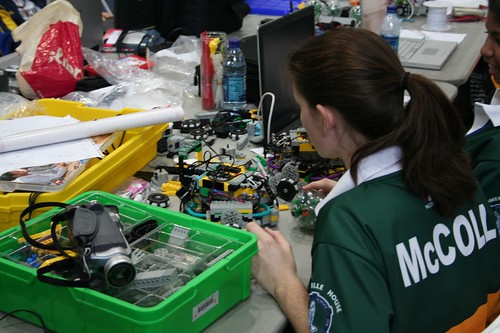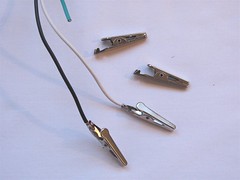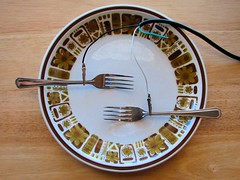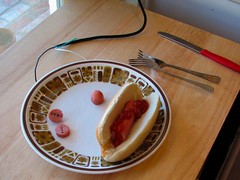I just stumbled on a great post from Julieanne over at Cosmic Variance.
"My temporary officemate runs down to the vending machine and buys a bag of gummi bears. He dumps them on the desk, sorts them by color, and then proceeds to eat them in order of increasing bin size (i.e. the pile of 1 orange one, then the pile of 3 yellow ones, then the pile of 4 green ones, etc).
If I buy a bag of M&M’s, I sort them by color, then figure out a division that lets me arrange them in a triangle, with one color per horizontal row, but allowing colors to be repeated (i.e. it’s ok for 9 red M&M’s to show up as a row of 7, and then further up, a row of 2). I then eat off each diagonal, producing a progressively smaller triangle, but one that maintains the horizontal color structure till the tasty end.
My kids, who I suspect inherited a geek-streak a mile wide, also sort multicolored candy into patterns and make up an algorithm for eating it.
The non-scientists who I have asked about this habit look at me like I’m nuts. (So do people who grew up in large families, because someone was bound to snarf the candy before they could take the time to develop this particular neurosis.)"
One of my personal favorites on the candy consumption side is to conduct natural selection experiments with M&Ms. I like to take two M&M's and squeeze them together until one fails structurally, and then I eat the failure, setting aside the victor to participate in the next round of trials. The winner of the single elimination tournament is the most fit M&M prototype for future generations. The superior M&M is always the last to be eaten.
I am also known to organize my French Fry consumption by waiting just until the smallest fries reach the perfect temperature, and then eating them in order of increasing size, catching each one as it passes through the optimal temperature (for the layman, the higher surface area-to-volume ratio of the smaller fries means that they cool faster.)
My wife does, in fact, think I'm nuts, though she seems to find it endearing in some odd way.































